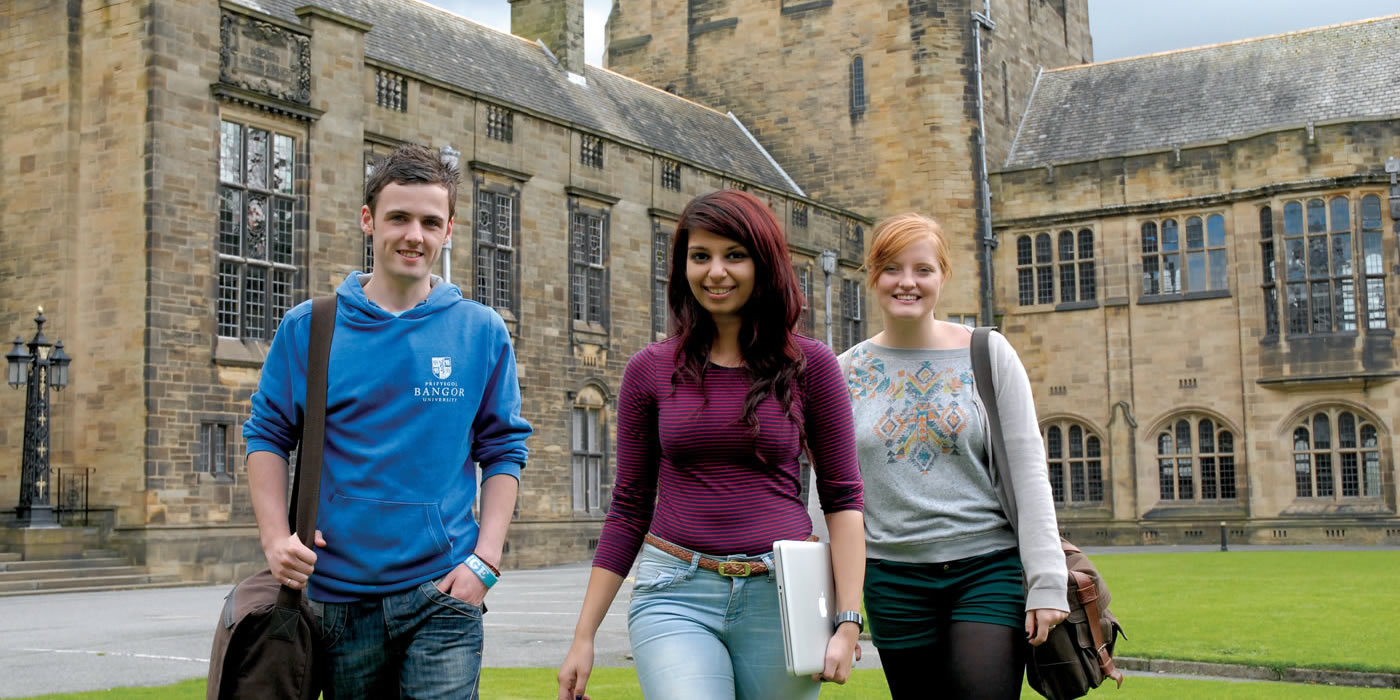Re-thinking people and nature interactions in urban nature-based solutions
Research output: Contribution to journal › Article › peer-review
Electronic versions
Documents
- JonesLaurence_etalSustainabilityAcceptedVersion
Accepted author manuscript, 687 KB, PDF document
Licence: CC BY Show licence
- sustainability-17-03043 (1)
Final published version, 1.91 MB, PDF document
Licence: CC BY Show licence
DOI
People-environment interactions within nature-based solutions (NBS) are not always understood. This has implications for communicating the benefits of NBS and for how we plan cities. We present a framework that highlights a duality in NBS. The NBS as an asset includes both natural capital and human-centred capital, including organisational structures. NBS also exist as a system within which people are able to interact. Temporal and spatial scales moderate the benefits that NBS provide, which in turn are dependent on the scale at which social processes operate. Co-production and equity are central to the interactions among people and institutions in the design, use and management of NBS, and this requires clear communication. Drawing on ideas from culture-based development (CBD), we suggest an approach to communicate the benefits of NBS in a neutral but effective way. We propose guidelines for planning NBS that allow the optimisation of NBS locations and designs for particular outcomes.
Keywords
- cities, co-production, ecosystem services, framework, green infrastructure (GI), green space
| Original language | English |
|---|---|
| Article number | 3043 |
| Journal | Sustainability |
| Volume | 17 |
| Issue number | 7 |
| Early online date | 29 Mar 2025 |
| DOIs | |
| Publication status | Published - Apr 2025 |

